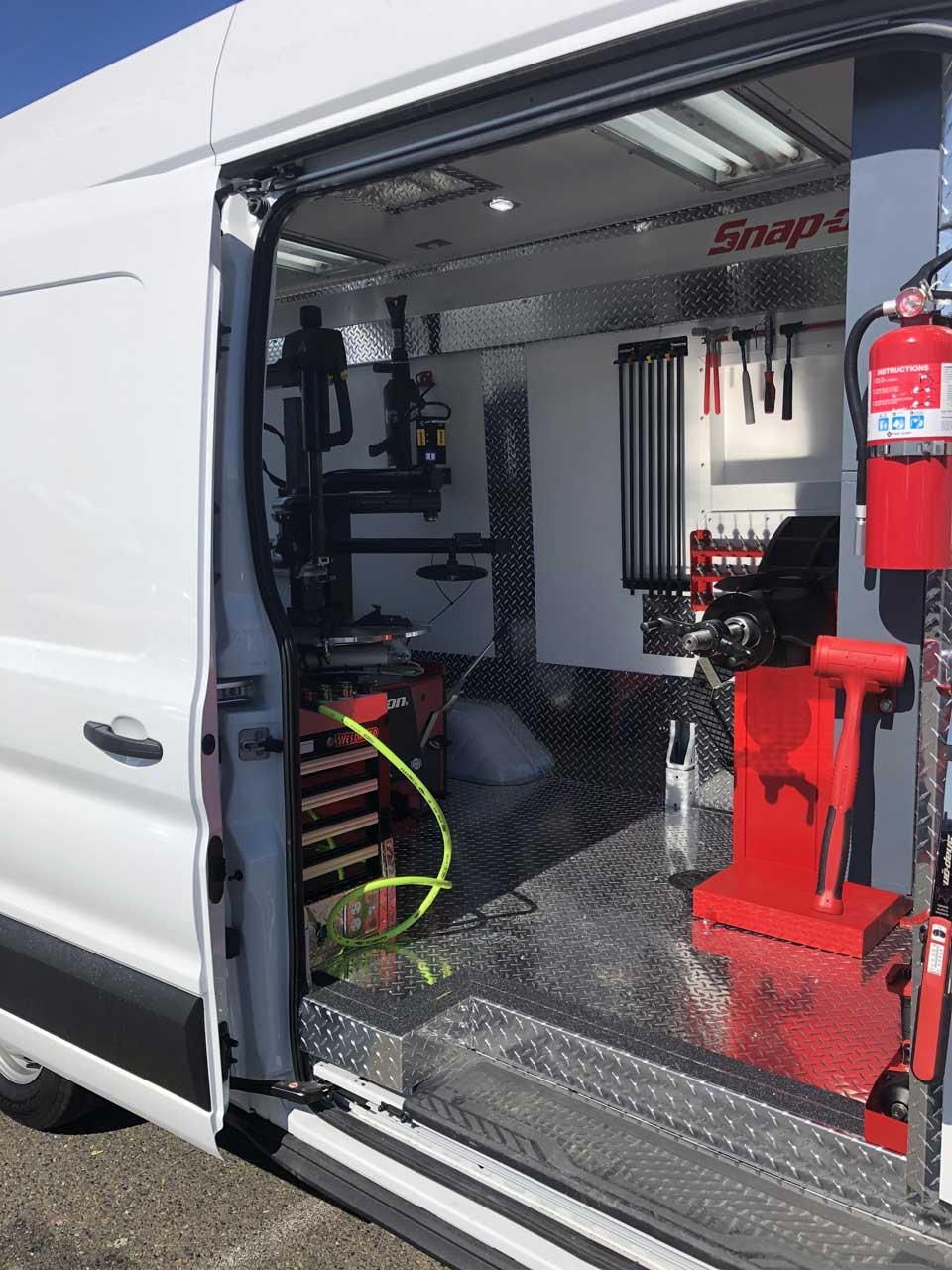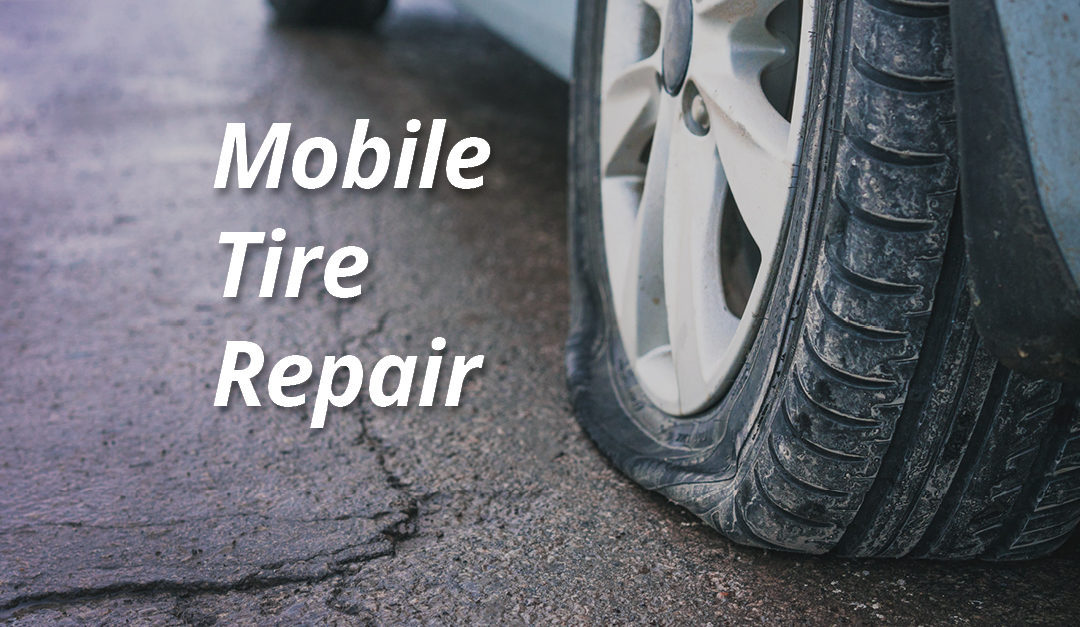Quick Reaction Mobile Tire Change Service in Las Vegas
Quick Reaction Mobile Tire Change Service in Las Vegas
Blog Article
Tire Solution: Proven Approaches for Optimum Tire Upkeep and Treatment
Keeping optimal tire condition is critical for both safety and performance of any automobile. From making certain correct tire pressure to regular turning and alignment, there are proven approaches that can dramatically prolong the lifespan of your tires and boost general driving experience. As we check out the details of tire care and maintenance, we will reveal vital standards that every automobile owner ought to comply with for the very best possible results. Let's look into the world of tire service and uncover the secrets to maintaining your tires in excellent shape for the long haul.
Significance of Tire Pressure
Correct tire pressure is an essential consider making certain ideal lorry efficiency and safety on the roadway. Keeping the recommended tire stress degrees provided by the maker offers various benefits. Sufficient tire pressure advertises far better gas efficiency, as under-inflated tires can lead to enhanced rolling resistance, creating the engine to function more difficult and eat more gas. Proper tire pressure guarantees even walk wear, improving tire durability and conserving cash in the lengthy run by postponing the demand for early replacements. Furthermore, effectively inflated tires add to improved handling and stopping abilities, vital for secure driving in various road conditions. Over-inflated tires, on the other hand, can cause lowered traction and a harsher trip. On the other hand, under-inflated tires are vulnerable to overheating, which can result in blowouts and mishaps. On a regular basis changing and checking tire pressure, specifically in the past long trips, is a simple yet efficient way to enhance car efficiency, expand tire life-span, and focus on security when driving.
Tire Rotation Guidelines
When considering tire turning standards, it is vital to comprehend the importance of this maintenance job in maximizing tire life-span and keeping ideal car efficiency. Tire rotation includes altering the placement of each tire on a car to guarantee also step wear. Front tires tend to put on faster than back tires as a result of guiding forces, making routine rotation vital for balanced wear patterns. The recommended rotation pattern varies depending upon whether a vehicle is front-wheel, rear-wheel, all-wheel, or four-wheel drive. Usually, tires ought to be rotated every 5,000 to 7,500 miles, or as recommended in the lorry handbook. Overlooking tire rotation can lead to uneven wear, influencing handling, grip, and potentially compromising vehicle safety and security. By sticking to proper rotation standards, motorists can prolong the life of their tires, improve gas performance, and improve overall driving experience. Normal turning is an easy yet effective upkeep practice that adds significantly to tire long life and automobile performance.

Benefits of Wheel Placement
Making certain proper wheel placement after tire rotation is crucial for preserving well balanced wear patterns and maximizing automobile efficiency. Furthermore, proper wheel alignment assists to expand the life expectancy of your tires. Misaligned wheels can create uneven tire wear, leading to premature tire substitute and increased maintenance expenses.

Tire Footstep Depth Examine
Executing a routine inspection of tire walk depth is essential for keeping safe driving problems and extending the life-span of your tires. The walk on your tires plays an important role in giving traction, especially in damp or slippery conditions. To examine your tire step depth, you can use a tread depth gauge or the penny examination. The suggested walk deepness goes to least 2/32 of an inch. If the walk deepness is below this limit, it is time to replace your tires to guarantee optimal efficiency and safety and security when traveling. Unequal step wear can show problems with tire alignment, suspension, or stress, highlighting the value of routine tread depth checks. Ignoring to keep an eye on and preserve proper step depth can bring about lowered grip, longer stopping ranges, and an enhanced danger of hydroplaning. By incorporating tire walk depth explore your routine maintenance routine, you can drive with self-confidence understanding that your tires are in leading problem.
Seasonal Tire Assessment
Seasonal tire examination is a basic facet of tire upkeep that makes certain tires are prepared to deal with the difficulties positioned by different weather problems. In prep visit this page work for winter months, it is crucial to examine the tire stress regularly as cold temperature levels can create tire stress to drop. By conducting routine seasonal tire inspections, vehicle drivers can lengthen tire life expectancy, improve fuel performance, and most significantly, make sure a safe driving experience in varying weather condition conditions.
Conclusion
To conclude, preserving appropriate tire stress, turning tires frequently, aligning wheels properly, monitoring step deepness, and conducting seasonal inspections are essential techniques for optimum tire care. By complying with these shown techniques, drivers can guarantee their tires last longer, perform better, and add to general car safety. It is very important to prioritize tire upkeep to avoid crashes, improve gas performance, and extend the life-span of tires.
Sufficient tire pressure advertises far better fuel effectiveness, as under-inflated tires can lead to raised rolling resistance, causing the engine to work more challenging and consume more fuel.When taking into consideration tire turning guidelines, it is crucial to understand the significance of this upkeep job in making best use of tire lifespan and maintaining ideal automobile efficiency. Seasonal tire examination is a fundamental aspect of tire maintenance that makes sure tires are all set to encounter the challenges positioned by different climate problems. By performing routine seasonal tire evaluations, motorists can lengthen tire life-span, boost gas performance, and most notably, ensure a safe and secure driving experience in differing climate problems.
In final thought, keeping proper tire pressure, turning tires regularly, aligning check out this site wheels appropriately, checking step depth, and conducting seasonal assessments are essential methods for optimum tire care.
Report this page